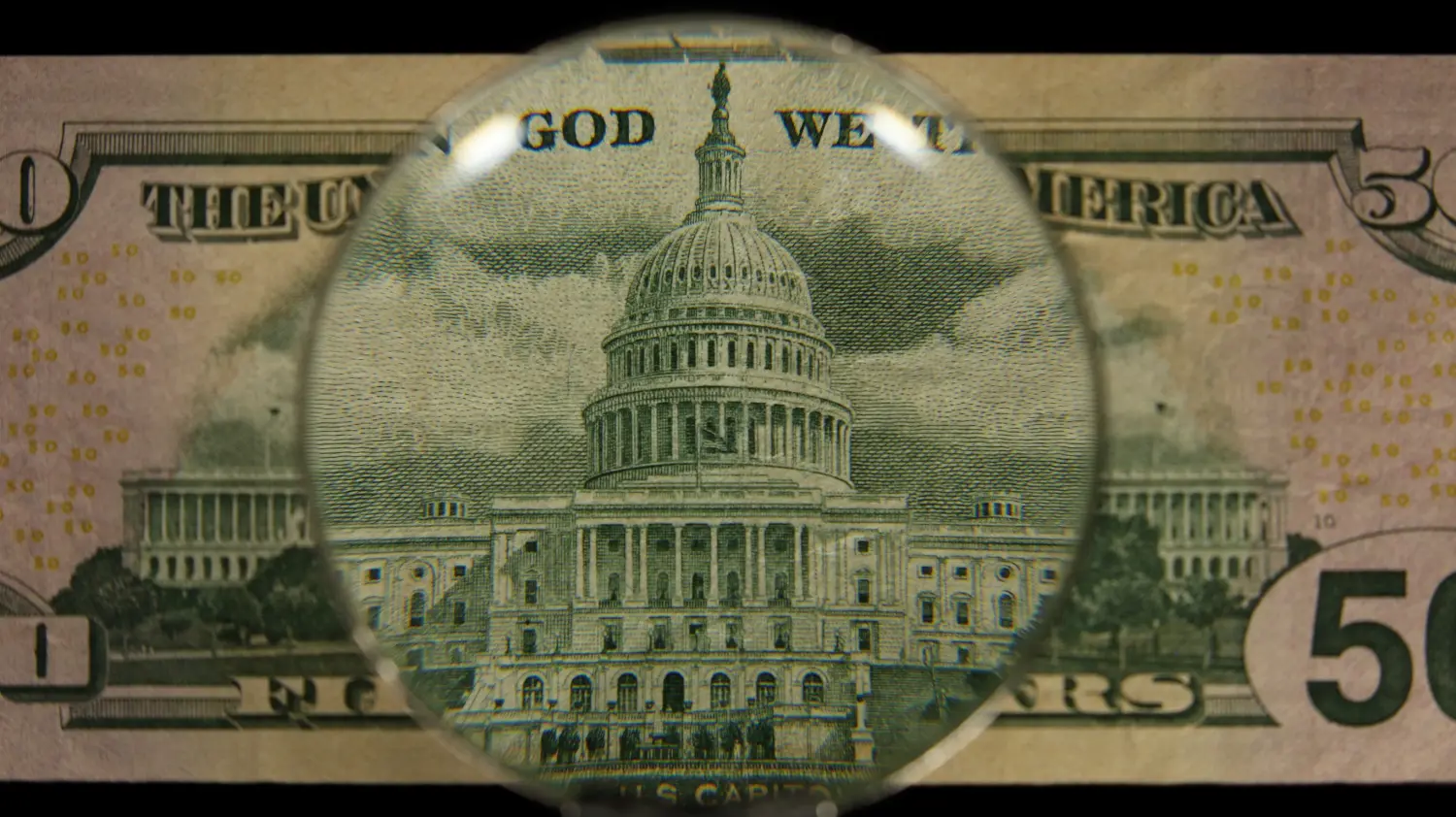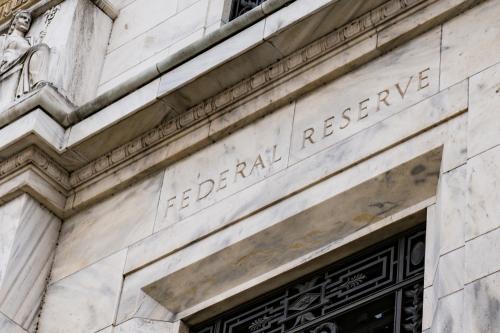The paper summarized here is part of the spring 2021 edition of the Brookings Papers on Economic Activity, the leading conference series and journal in economics for timely, cutting-edge research about real-world policy issues. Research findings are presented in a clear and accessible style to maximize their impact on economic understanding and policymaking. The editors are Brookings Nonresident Senior Fellow and Northwestern University Professor of Economics Janice Eberly and Brookings Nonresident Senior Fellow and Harvard University Professor of Economics James Stock. See the spring 2021 BPEA event page to watch paper presentations and read summaries of all the papers from this edition.
The enormous $5.2 trillion U.S. fiscal response to the COVID-19 pandemic likely has put the economy on a path to recovery, but it may end up discouraging future spending on other pressing needs, warns a paper presented at a Brookings Papers on Economic Activity conference on March 25.
Though the response “runs the gamut from highly useful and appropriate to largely ineffective and wasteful,” Christina D. Romer of the University of California-Berkeley judges that the economy “is likely to do well” unless “vaccinations flag or become less effective as new variants emerge”
U.S. spending early in the pandemic (through July) was much larger as a share of gross domestic product (GDP) than in most other countries—50 percent larger than in the United Kingdom and roughly three times as much as in France, Italy, or Spain, she notes in The fiscal policy response to the pandemic. Moreover, countries’ fiscal responses to the pandemic were not related to their initial debt loads—a change from the usual pattern in which countries with high debt loads respond less strongly to crises.
Romer argues that pandemic recessions are fundamentally different from ordinary recessions, and thus require different policy responses. She writes: “The unique characteristics of a pandemic recession imply that fiscal policy during a pandemic should be geared much more toward helping those who are directly harmed rather than toward increasing aggregate demand more generally. That is, it should be aimed at providing social insurance rather than broad stimulus.”
The $599 billion added to the federal deficit to pay for public health measures was “clearly necessary and valuable,” she writes. “Because both the recovery of demand and the safe pace of economic growth depend on getting the virus under control, it was imperative to take aggressive action on public health measures.” Likewise, the expansion of unemployment insurance, at $748 billion, was “clearly appropriate to the unique circumstances of the pandemic.” Also, federal aid to state and local governments ($597 billion) was a cost-effective way to help them meet pandemic-related needs, offset lost tax revenue, and avoid layoffs.
But some federal spending was misguided. Although direct payments (up to $1,200 per person followed by $600 and $1,400) “surely gave many households a much-needed boost at a difficult time,” she writes. “Most of the money went to people who had not been economically harmed by the pandemic.”
The Paycheck Protection Program ($808 billion), which provided forgivable loans to smaller businesses that largely maintained their payrolls, was “an interesting and noble experiment, but it was problematic on many levels,” Romer writes. Two studies suggest the implied cost per job preserved was “on the order of $225,000 to $350,000.”
She also identifies areas that would have warranted increased spending. The lack of a substantial federal program to provide hazard pay to frontline workers who endangered their health by remaining on the job was “an important missed opportunity.” And, although the swift development of vaccines was a public health triumph, “the painfully slow progression from vaccine discovery to actual inoculation strongly suggests that more funding and effort was needed to set up effective and rapid distribution programs.” And, she notes, the United States conducts fewer virus tests per 1,000 people than many other rich countries and “is even worse at genetic sequencing of cases to identify variants and patterns of transmission.”
The fiscal response to the pandemic will push the U.S. debt-to-GDP ratio from 79 percent before it emerged to 110 percent by the end of the 2023 budget year, according to projections she cites. That likely won’t precipitate a fiscal crisis because “demand for U.S. government debt remains as strong as ever.” But she worries that the reduction in “fiscal space” will discourage policymakers from tackling issues such as climate change, crumbling infrastructure, and persistent poverty.
If “stimulus payments that did little to help those most affected by the pandemic end up precluding spending $1 trillion on infrastructure or climate change in the next few years, the United States will have made a very bad bargain indeed,” she writes.
Acknowledgement
David Skidmore authored the summary language for this paper.
Citation
Romer, Christina. 2021. “The Fiscal Policy Response to the Pandemic.” Brookings Papers on Economic Activity, Spring, 89-110.
Conflict of Interest Disclosure
The author did not receive financial support from any firm or person for this article or from any firm or person with a financial or political interest in this paper. They are currently not an officer, director, or board member of any organization with an interest in this paper.
Disclaimer
The views expressed by the authors, discussants and conference participants in BPEA are strictly those of the authors, discussants and conference participants, and not of the Brookings Institution. As an independent think tank, the Brookings Institution does not take institutional positions on any issue. Please contact Haowen Chen ([email protected]) if you have any questions.
The Brookings Institution is committed to quality, independence, and impact.
We are supported by a diverse array of funders. In line with our values and policies, each Brookings publication represents the sole views of its author(s).




